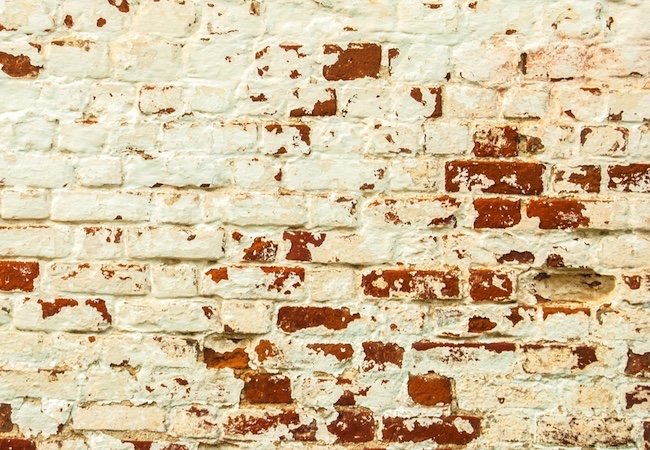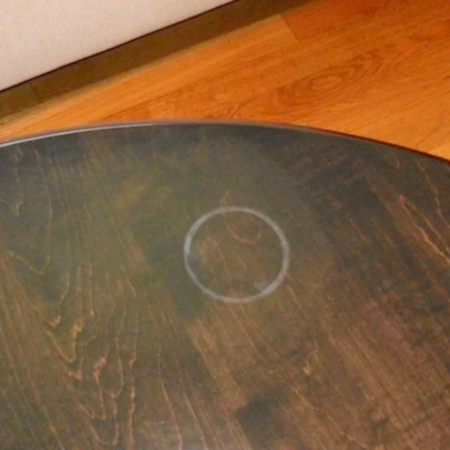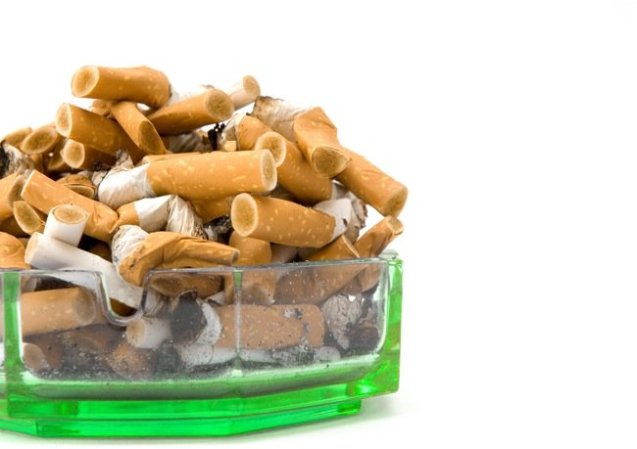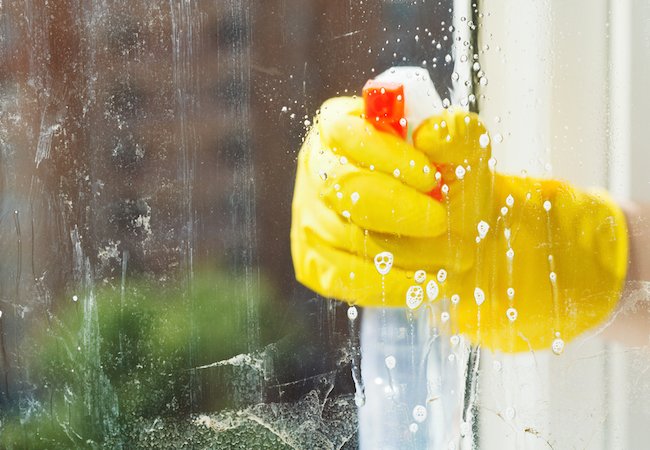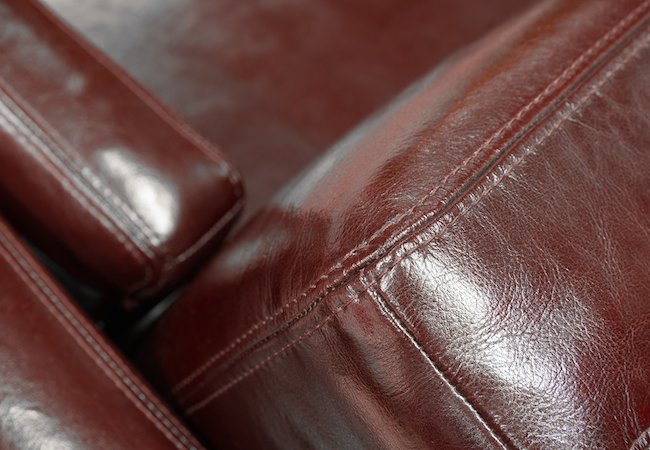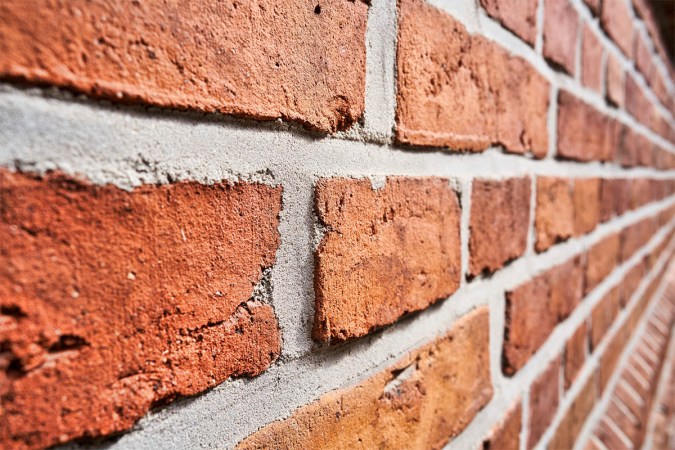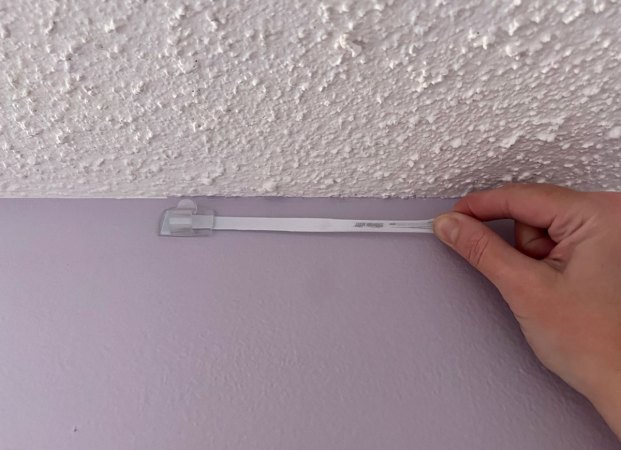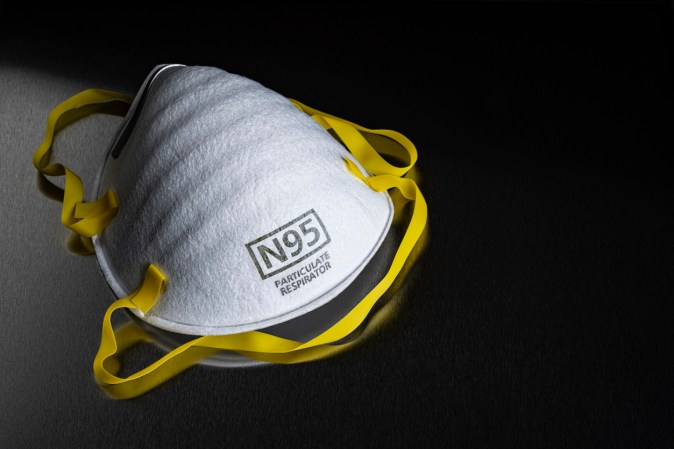We may earn revenue from the products available on this page and participate in affiliate programs. Learn More ›
If you’ve ever tried to remove paint from brick, you know that it can be a painstaking process. Depending on the scope of the job, it might take you several hours or several days to complete the work. Because of the time and effort involved, many homeowners are unable or unwilling to commit their schedules to the project and choose instead to hire professionals.
If, however, you’re dealing with only a modest expanse of brick, or if you relish a challenge, there’s some good news: Paint-stripping products have improved over the years, making the work friendlier to your health and to the brick itself. These new, safer formulations are the way to go. Many pros and DIYers recommend Citri-Strip. SmartStrip has its devotees, as well. None are cheap, but all are comparably effective.
You may be tempted to try a shortcut, possibly sandblasting or power-washing the paint, but this may do more harm than good, leaving the building material in a vulnerable condition. Many caustic chemical-based paint-removal solutions compromise brick in a similar way. If you remove paint from brick using any of these potentially damaging methods, you may end up with a problem that’s much more serious than paint.
Particularly if you’re dealing with old brick, it’s critical to not to clean the brick in a way that does lasting harm. Today, the best solutions are gel or paste compounds, followed by fabric-based peeling strips. The paint stripper triggers a chemical reaction that causes the paint to soften and adhere to the fabric. In the final step, the fabric strips are peeled away, taking the paint with them in the process and exposing the natural brick. Know what you’re getting into, though. The right paint stripper can do much of the work for you, but most situations call for a great deal of further scrubbing and/or scraping by hand.
Tools & Materials
Bobvila.com may earn a commission from purchases made through these links.
- Paint stripper
- Paint removal strips
- Work gloves
- Protective glasses
- Respirator mask
- Drop cloths
- Painter's tape
- Trowel
- Stiff-bristled brush
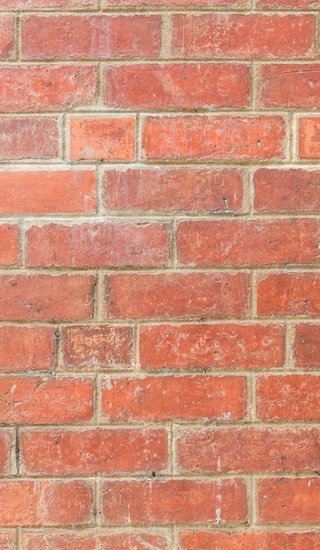
How to Remove Paint from Brick
- Before applying a stripping agent to remove paint from brick, test the stripper on an inconspicuous part of the installation. You may find that the stripper you’ve chosen does not work as well as expected, or you may discover the brick was painted to conceal its poor condition. Another good reason to start with a test: Doing so gives you a sense of how much effort the job is going to take. You may still opt to hire a pro, or you may decide you can put up with the paint, after all!
- No doubt about it, this is going to be messy. Minimize cleanup by setting up your work area in a thoughtful way. First, lay down a series of drop cloths or some thick plastic sheeting to catch the peeling and flaking paint that will fall away from the brick. Don’t forget to tape the drop cloth or plastic to the bottom edge of the brick. If you don’t want to disturb the finish of nearby painted areas—the adjacent wood trim, perhaps—take the time to cover it up completely with painter’s tape.
- Don the protective gear recommended by the manufacturer of the paint stripper you’ve chosen. Before applying the gel or paste, start out by scraping away any paint that’s already loose. Next, using a trowel or a specialized tool provided by the paint stripper manufacturer, apply the compound to the brick. Be thorough, making sure to push the gel or paste into all the little crevices in the brick and mortar. Layer by layer, build the stripper up to the thickness recommended by the manufacturer.
- With the compound in place, start positioning the peeling strips. Typically made of fabric, these strips should be pressed and held against the stripper until firmly attached. Overlap the strips so that no brick remains visible. Once the strips have been applied, let them set for the period of time stipulated by the manufacturer. In many cases, particularly when multiple paint layers are involved, it takes a full 24 hours for the compound to cure and really work its magic.
- Once sufficient time has passed, return to the work area and begin lifting off the strips. If necessary, use the trowel to gain purchase behind any sluggish strips. Peel the strips in a slow and deliberate fashion; don’t rip them. As you peel, the paint beneath should come off too. Wherever the strips leave behind either compound or paint, use the trowel to flake off as much residue as possible. If the trowel doesn’t cut it, scrub with a stiff-bristled brush and rinse with water. If it wasn’t already clear, now it is: Removing paint from brick is a labor-intensive, if not grueling project.
Dispose of the used strips according to the manufacturer’s instructions. For some products, the chemical reaction stops on its own, while for others it stops only after the addition of a neutralizing chemical. Also important: Do not attempt to remove paint from brick if, within a month or so, there’s any chance that the temperature is going to fall below freezing. If the brick doesn’t dry completely before the frost, it will be especially likely to succumb to damage.

